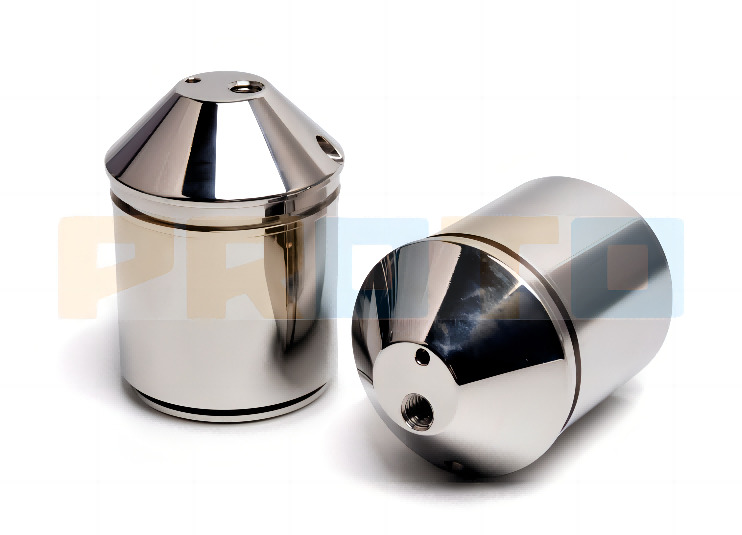We have all encountered the problem of chatter marks on the surface of the workpiece during the turning process. Lighter chatter marks need to be reworked, while heavier ones need to be scrapped. No matter how it is dealt with, it is a loss.

How do we get rid of tremor lines?
To get rid of chatter marks, we need to know what causes them.
There may be two reasons for machine tools:
(1) When using the center to push the workpiece, the center extends too long, resulting in insufficient rigidity;
(2) The machine tool itself has been used for too long, the maintenance is not timely, and the internal bearings and other parts are seriously worn.
There may be four reasons for machine tools:
(1) During turning, the tool bar extends too long, resulting in insufficient rigidity;
(2) The blade edge is worn and not sharp;
(3) The machine tool parameters selected during turning are unreasonable;
(4) The blade tip arc is too large.
There may be three reasons for the artifact:
(1) The material of the workpiece to be turned is too hard, which affects turning;
(2) The workpiece to be turned is too long and the workpiece is not rigid enough during turning;
(3) Thin-walled workpieces have insufficient rigidity when turning the outer circle.
If chatter marks occur during turning, how to troubleshoot the problem?
First, take a look to see if it is a problem with the artifact:
(1) If the material of the workpiece to be turned is very hard, can the process be changed to reduce the hardness of the workpiece and use other methods to increase the hardness later?
(2) If the workpiece to be turned is too long, the tool holder can be used to improve the stability of the workpiece;
(3) If it is a thin-walled workpiece, tooling can be designed to improve rigidity when turning the outer circle.
Next, check to see if there is a problem with the tool:
(1) If the reason is that the tool bar extends too long, see if the position of the tool bar can be adjusted. If it cannot be adjusted, you need to replace the tool bar with higher rigidity. If necessary, use an anti-seismic tool bar;
(2) If the blade edge is worn, the blade needs to be replaced;
(3) If the selected machine tool parameters are unreasonable, change the program and select reasonable parameters;
(4) If the arc of the blade tip is too large, the blade needs to be replaced.
Finally determine if there is a problem with the machine tool:
(1) If the tip is used improperly, it needs to be replaced with a tip with better performance;
(2) If the machine tool itself has been used for too long and the maintenance is not timely, you need to contact the machine tool maintenance personnel to inspect the machine tool.
What if the problem is not detected?
If we haven’t found any problems following the above points, what else can we do? Based on the vibration knife principle obtained through research, there are some relatively specific and practical methods currently used in processing sites:
(1) Reduce the working weight of the part that causes vibration. The smaller the inertia, the better;
(2) For eccentric workpieces, make corresponding tooling;
(3) Fix or clamp the places with the greatest vibration, such as center frames, work holders, etc.;
(4) Improve the rigidity of the processing system, such as using a tool holder with a higher elastic coefficient or using special anti-vibration force with a dynamic shock absorber to absorb impact energy;
(5) Consider from the perspective of the blade and working rotation direction;
(6) Change the shape and advance angle of the tool. The smaller the tool nose radius, the better, to reduce cutting resistance. The side inclination angle must be positive to make the cutting direction more vertical. The back inclination angle is preferably positive, but the chip removal and chip removal ability is relatively poor. Therefore, a grooved cutter can generally be used to make the inclination angle negative, but still maintain a positive cutting effect.
PROTO MFG provides a wide range of manufacturing capabilities and other value-added services for all of your prototyping and production needs. Visit our website to learn more or to request a free, no-obligation quote.